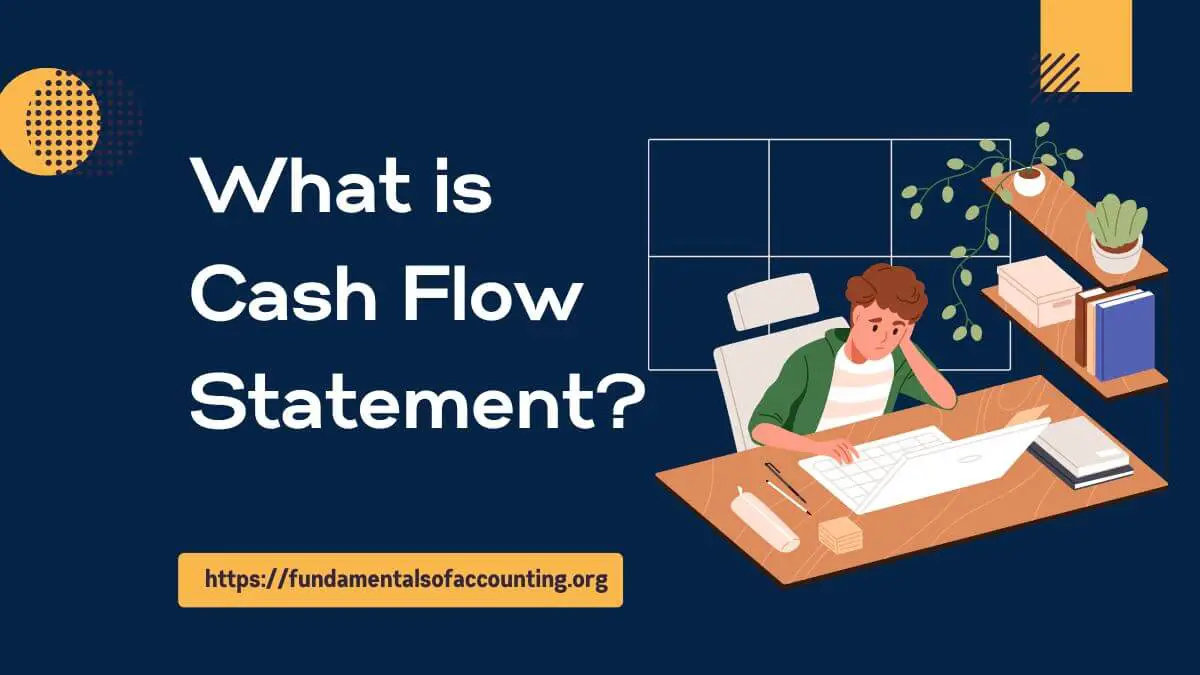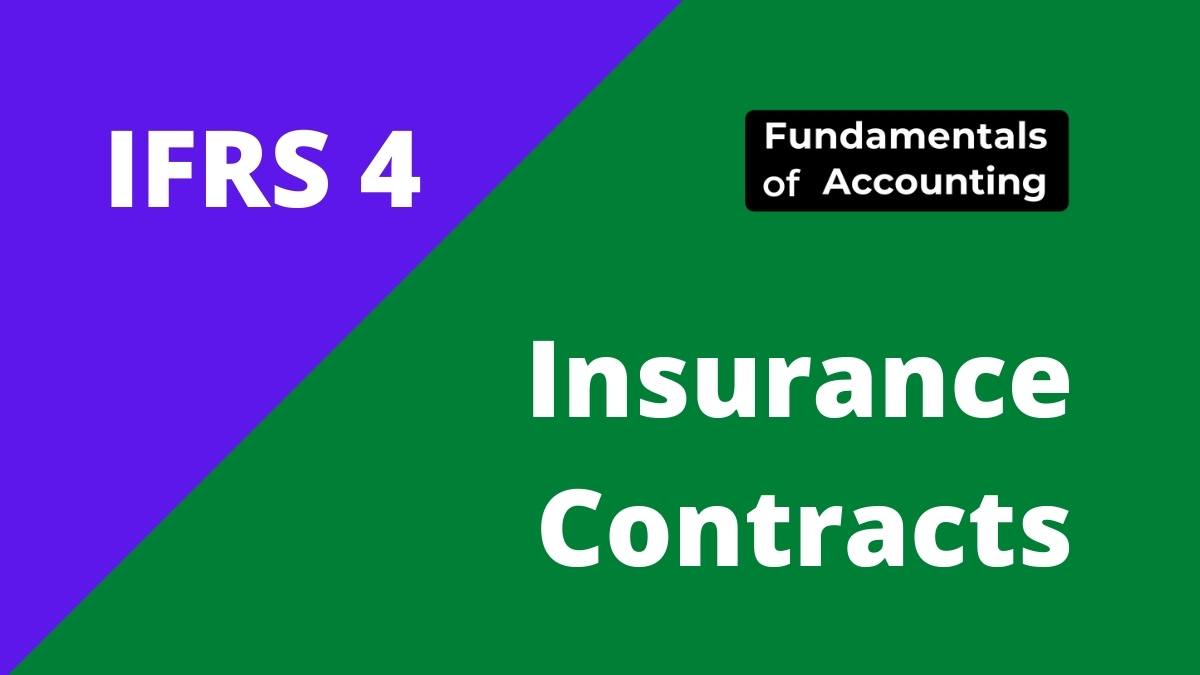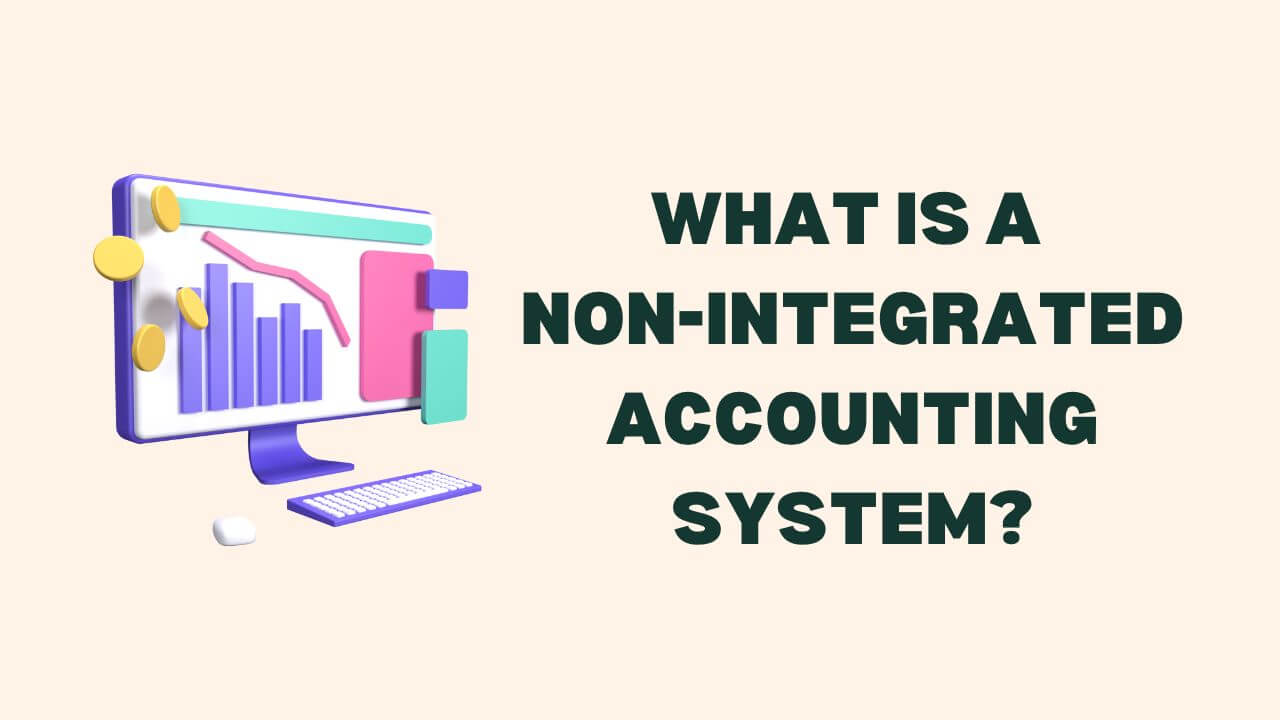IFRS 6 – Exploration for and Evaluation of Mineral Resources

IFRS 6 outlines the accounting treatment for the mineral resource exploration and evaluation, for mining, oil, and gas companies to recognize related expenses. The standard permits entities to use their current accounting policies temporarily while establishing principles for treating exploration costs as assets or expenses. It is important for natural resources companies to understand IFRS […]
IFRS 5 – Non-current Assets Held for Sale and Discontinued Operations

IFRS 5 offers guidance on the classification, measurement, and disclosure of non-current assets held for sale and discontinued operations. The standard ensures that assets to be sold are disclosed separately in financial reports and measured at the lower of their carrying amount or fair value less costs to sell. Moreover, IFRS 5 also prescribes detailed […]
Meaning and Objectives of Preparing Cash Flow Statement

Cash is critical to a business’s economic life. A business requires cash to pay suppliers, incur daily expenses, and pay salaries, wages, interest, and dividends, among other things. Indeed, capital is to a commercial enterprise what blood is to a physical organism. As a result, it is critical for a firm to keep a healthy […]
What are Ind-ASs and When They Are Applicable?

What is an Ind-AS? An IND-AS is an accounting standard prepared in India in compliance with IFRS. IND AS is currently tracked by all listed firms and those unlisted companies whose net worth is more than equal to 250 crores. Indian Accounting Standards (abbreviated as Ind-AS) in India accounting standards were established under the supervision […]
IFRS 4 – Insurance Contracts, Scope and Applicability

Overview IFRS 4 is the IASB’s first advice on insurance contract accounting – but not the last. A detailed study of insurance contracts is now being conducted. Scope and Applicability The main objective of IFRS 4 is to provide a consistent framework for recognising and measuring insurance contracts. This is important because entities would account […]
What is Marginal Cost Equation | Practical Application

The marginal cost of an additional unit of output is often referred to as the “prime cost plus variable overhead.” It encompasses all costs that vary according to the amount of output. To determine the marginal cost, a comparison between the cost of manufacturing one unit and the cost of creating the next one must […]
Integrated Accounting System of Cost Accounting

Integrated accounting is defined by the Chartered Institute of Management Accountants (CIMA) as “a collection of accounting records that offers financial and cost accounts using a common data input for all accounting purposes.” Method of Maintaining Books in Integrated Accounting System This method requires the maintenance of a single set of accounting records. The costing […]
What is a Non-Integrated Accounting System?

The non-integrated accounting system is an accounting method whereby accountants keep separate ledgers for cost and financial accounts. In such a system, the cost accounts are limited to just tracking transactions that are related to the good or service being offered. Therefore, expenses related to sales, production, or indeed any other expenses that fall within […]
Introduction to Contract Costing – Meaning and Types

The term ‘contract’ refers to the agreement between two parties to do a particular task within a given time frame. Typically, a contract involves a substantial amount of money and is performed on-site. A contract involves two parties, namely the contractor and the contractee. The individual or entity implementing the terms and conditions of the […]
What is Job Costing? Advantages and Disadvantages

Job costing is a cost accounting system that allocates the costs of producing a good or service to the particular products and services of the company that created them. This gives management a clear picture of where money is being wasted and helps them make more informed decisions about which products and services to produce […]
